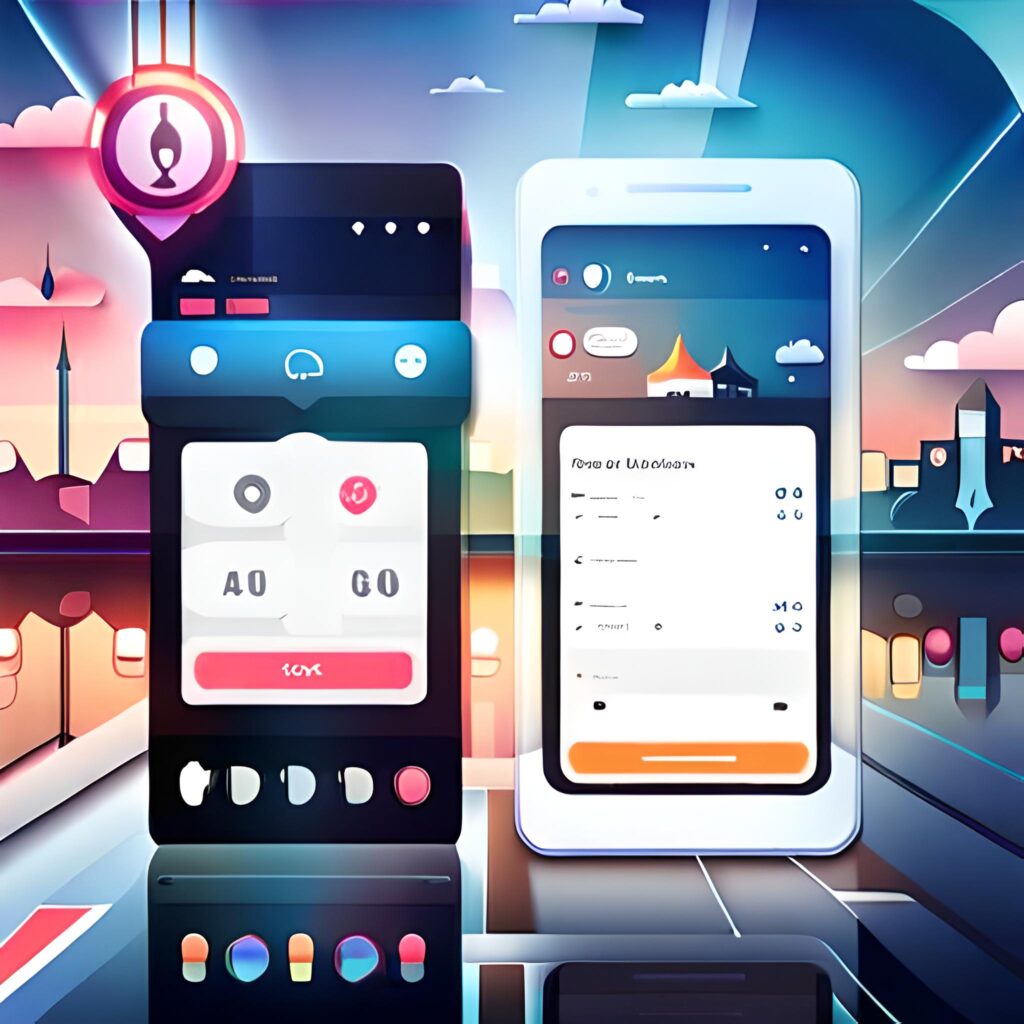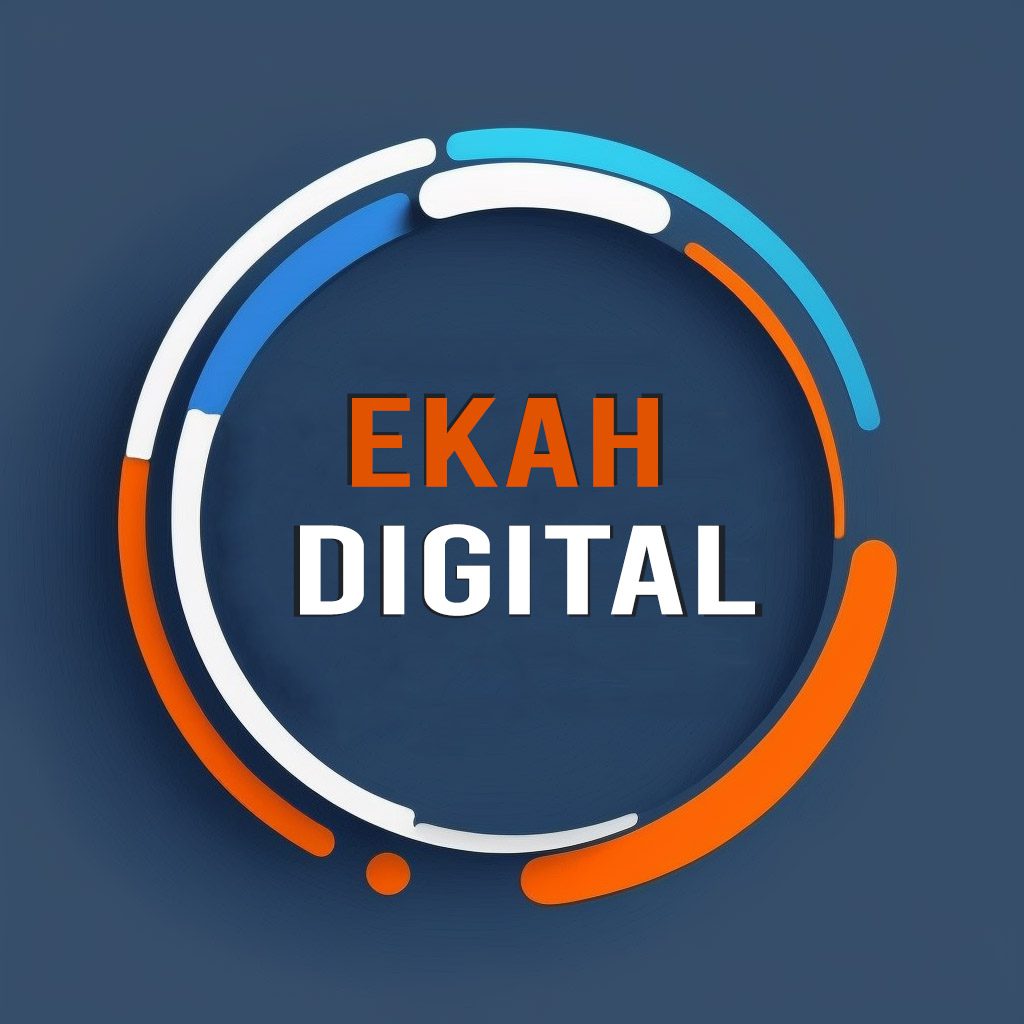UX UI Designing

Introduction
In today’s digital age, UX UI designing user experience (UX) and user interface (UI) design play a crucial role in creating successful websites, applications, and digital products. UX UI designers aim to improve the overall user experience by creating intuitive interfaces that captivate and engage users. This article delves into the world of UX UI designing, exploring its importance, key principles, and the impact it has on modern technology.
1. Understanding UX UI Designing
UX UI designing refers to the process of creating visually appealing and user-friendly interfaces for digital products. It involves a combination of user experience design (UXD) and user interface design (UID). UX design focuses on enhancing user satisfaction by improving the usability, accessibility, and overall interaction with a product. On the other hand, UI design focuses on creating visually pleasing and aesthetically appealing interfaces that effectively communicate with users.
2. The Importance of UX UI Designing
UX UI designing is vital for several reasons. Firstly, it ensures that users can navigate through digital products with ease and efficiency, leading to a positive user experience. Secondly, well-designed interfaces improve user satisfaction, fostering brand loyalty and increasing customer retention. Additionally, UX UI design can differentiate a product from its competitors, providing a competitive advantage in the market.
3. User-Centered Design Approach
To create successful UX UI designs, designers employ a user-centered design approach. This approach involves understanding the target users, their needs, preferences, and behaviors. By conducting user research and gathering valuable insights, designers can tailor the interface to meet users’ expectations and deliver a seamless experience.
4. Key Principles of UX UI Designing
Simplification and Minimalism
Simplification and minimalism are fundamental principles in UX UI designing. By removing unnecessary clutter and simplifying complex elements, designers can create interfaces that are easy to understand and navigate. Minimalistic designs with ample white space and clean typography promote clarity and allow users to focus on essential content.
Consistency and Coherence
Consistency and coherence are crucial for maintaining a cohesive user experience. Designers strive to maintain consistent visual elements, such as color schemes, typography, and iconography, throughout the interface. Consistency fosters familiarity and reduces cognitive load, enabling users to navigate different sections of a product seamlessly.
Visual Hierarchy and Information Architecture
Visual hierarchy is essential for guiding users’ attention and prioritizing information effectively. By implementing a clear visual hierarchy, designers ensure that users can easily identify important elements and navigate through the interface effortlessly. Information architecture involves organizing content in a logical and intuitive manner, allowing users to find information quickly.
Responsive and Adaptive Design
With the increasing use of mobile devices, responsive and adaptive design has become vital. UX UI designers create interfaces that seamlessly adapt to various screen sizes and resolutions, ensuring a consistent experience across different devices. Responsive design enhances accessibility and usability, enabling users to interact with products on smartphones, tablets, and desktops.
Usability and Accessibility
Usability and accessibility are crucial considerations in UX UI designing. Designers focus on creating intuitive and user-friendly interfaces that require minimal effort to use. They strive to make products accessible to a diverse range of users, including those with disabilities. By adhering to accessibility guidelines, designers ensure that everyone can access and use digital products effectively.
5. UX UI Design Process
The UX UI design process consists of several stages, each playing a significant role in creating successful designs. Here are the key steps involved:
User Research and Analysis
In the initial stage, designers conduct user research to understand the target audience, their needs, goals, and pain points. Through techniques like surveys, interviews, and user testing, valuable insights are gathered to inform the design process.
Wireframing and Prototyping
Wireframing involves creating low-fidelity representations of the interface structure and layout. Prototyping takes it a step further by creating interactive mockups that simulate the user experience. These stages allow designers to test and iterate on the design concept before moving forward.
Visual Designing and Branding
In this stage, designers focus on creating visually appealing interfaces that align with the brand identity. They choose appropriate color palettes, typography, and imagery to enhance the overall aesthetics of the product.
Interaction Design and Animation
Interaction design involves defining how users interact with different elements of the interface. Designers create intuitive interactions, such as buttons, navigation menus, and animations, to enhance user engagement and delight.
Testing and Iteration
Throughout the design process, designers conduct usability testing and gather feedback from users. This feedback helps identify areas for improvement and informs iterative design changes to enhance the overall user experience.
6. The Role of UX UI Designers
UX UI designers play a critical role in bridging the gap between technology and users. They combine their creative and analytical skills to craft interfaces that effectively communicate and engage with users. Their responsibilities include conducting user research, creating wireframes and prototypes, designing visuals, and collaborating with development teams to ensure the final product meets user expectations.
7. UX UI Design Trends
The field of UX UI design is constantly evolving, with new trends emerging regularly. Some current trends include:
- Dark mode design for reduced eye strain and improved accessibility.
- Micro interactions that provide subtle feedback and enhance user engagement.
- Voice user interfaces (VUI) that enable hands-free interaction with digital products.
- Augmented reality (AR) and virtual reality (VR) integrations for immersive experiences.
- Neomorphism, a design style that combines skeuomorphism and minimalism to create tactile and visually appealing interfaces.
8. The Future of UX UI Designing
As technology continues to advance, the future of UX UI designing holds exciting possibilities. Artificial intelligence (AI) and machine learning (ML) will play a more significant role in personalizing user experiences. Natural language processing (NLP) and chatbots will enhance interactions, while augmented reality (AR) and virtual reality (VR) will create immersive and realistic experiences.
8. The Future of UX UI Designing
As technology continues to advance, the future of UX UI designing holds exciting possibilities. Artificial intelligence (AI) and machine learning (ML) will play a more significant role in personalizing user experiences. Natural language processing (NLP) and chatbots will enhance interactions, while augmented reality (AR) and virtual reality (VR) will create immersive and realistic experiences.
9. The Future of UX UI Designing
As technology continues to advance, the future of UX UI designing holds exciting possibilities. Artificial intelligence (AI) and machine learning (ML) will play a more significant role in personalizing user experiences. Natural language processing (NLP) and chatbots will enhance interactions, while augmented reality (AR) and virtual reality (VR) will create immersive and realistic experiences. Additionally, the integration of voice assistants and smart devices will further revolutionize the way users interact with digital products.
Advancements in UX UI design will focus on enhancing accessibility, inclusivity, and customization. Designers will strive to create interfaces that are seamlessly responsive across a wide range of devices and platforms. Personalization will be a key aspect, with interfaces adapting to individual user preferences and behaviors. AI-powered algorithms will analyze user data and provide tailored experiences, making interactions more intuitive and efficient.
Furthermore, the continuous growth of mobile technology will shape the future of UX UI design. With the increasing popularity of smartphones and tablets, designers will prioritize mobile-first approaches to ensure optimal user experiences on smaller screens. Mobile applications will become more streamlined, with a strong emphasis on gesture-based interactions and intuitive navigation.
In summary, the future of UX UI designing is full of possibilities. Advancements in technology, the integration of AI and ML, and the ever-evolving needs of users will drive the field forward. UX UI designers will continue to play a pivotal role in creating seamless and delightful digital experiences that enhance user engagement, satisfaction, and overall success.
Conclusion
UX UI designing is an integral part of creating successful digital products. By prioritizing user experience, employing key design principles, and following a user-centered design approach, UX UI designers can create interfaces that captivate, engage, and delight users. As technology advances, the field of UX UI design will continue to evolve, shaping the future of digital experiences.
FAQs (Frequently Asked Questions)
A: UX design focuses on improving the overall user experience, while UI design focuses on creating visually appealing interfaces.
Q: How does UX UI design impact business success?
A: UX UI design improves user satisfaction, fosters brand loyalty, and provides a competitive advantage in the market.
Q: What is a wireframe?
A: A wireframe is a low-fidelity representation of an interface, showcasing its structure and layout.
Q: How do UX UI designers conduct user research?
A: UX UI designers use techniques like surveys, interviews, and user testing to gather valuable insights from the target audience.
Q: What are some upcoming trends in UX UI design?
A: Dark mode design, micro interactions, voice user interfaces, and augmented reality integrations are some current trends in UX UI design.
